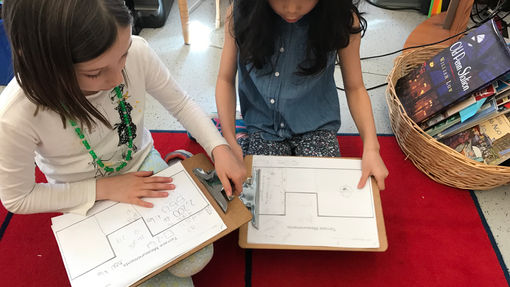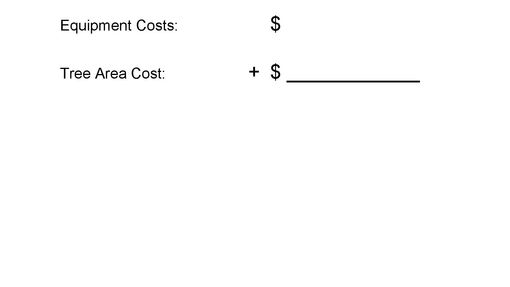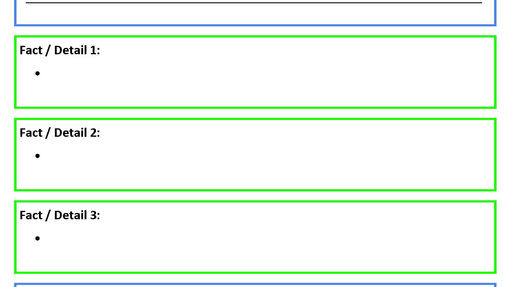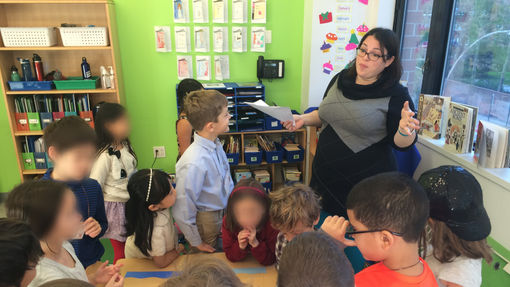Interdisciplinary Units of Study
Click on each slideshow to open it up in more detail.
Future City Expo
Content & Skills: Engineering Design Process, Planning, Brainstorming, Problem-Solving, Art, Systems Thinking, Presentation Skills
The Future City Expo was the culmination of Second Graders' year-long study of why and how people have moved to New York City throughout history and what effect that near constant influx of people has had on the city, Students brainstormed problems that exist in the city today then developed futuristic solutions, including a triple-decker city, flying emergency vehicles and a pollution vacuum, to name a few. The World's Fair-style exposition included their projects alongside bridges created in Science, food trucks designed in the Makers Lab with menus developed in Spanish and clay models of signature dishes crafted in Art, and historical fiction journal entries from the perspective of late-19th and early-20th century immigrants to New York.
Movement Study
Content & Skills: Kinesiology, Measurement, Musculoskeletal System, Observation, Art, Dance
In this truly interdisciplinary unit, students explored "movement" in various forms, learning about the bones and muscles in their bodies that help them move, using various simple machines to help objects move and seeing how movement manifests in the world around them. The study incorporated measurement, art, science, social studies, movement and dance, music and more.
Terrace Redesign
Content & Skills: Measurement, Perimeter, Area, Money & Budgeting, Surveys, Graphing, Art & Design, Collaboration, Presentation Skills
Throughout this year-long math project, students put into practice skills learned across various units. Presented with a real-life problem of redesigning the school's terrace, students first worked in like-ability groups — allowing for targeted differentiation — to measure and calculate the perimeter and area of different "zones." They then came together in mixed-ability groups to budget, survey, graph and ultimately design a new terrace.
Adaptively Reused Spaces
Content & Skills: Research, Synthesis, Citation, Paragraph Structure, Writing Process
After learning about the history of New York City and how the city is constantly changing and evolving to adapt to an ever-growing population amid limited space, Second Graders chose a landmark that has been adaptively reused to serve a new purpose. Putting into practice what they learned about nonfiction texts, students researched their chosen space and worked through the writing process to organize and synthesize their information into paragraphs while citing their sources and ultimately putting their individual pieces together into a class book.
Ancient Rome
Content & Skills: History, Architecture, Art, Number Sense, Research, Presentation Skills
In this interdisciplinary unit, students studied the mythology, daily life, government and architecture of Ancient Rome. They conducted research by reading informational articles and texts, created mosaics related to aspects of Roman mythology in Art, built cement arches and aqueducts and learned about Roman architecture in Science, explored Roman numerals in math and found innovative ways to showcase their understandings, including built models, videos and informational brochures. To culminate their study, students traveled back in time to walk their families through "A Day in Ancient Rome."



































































































